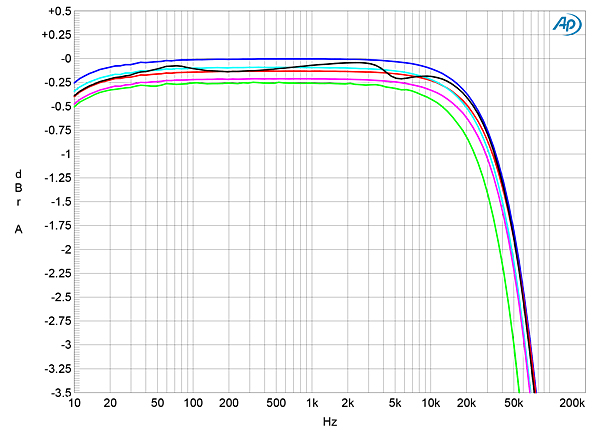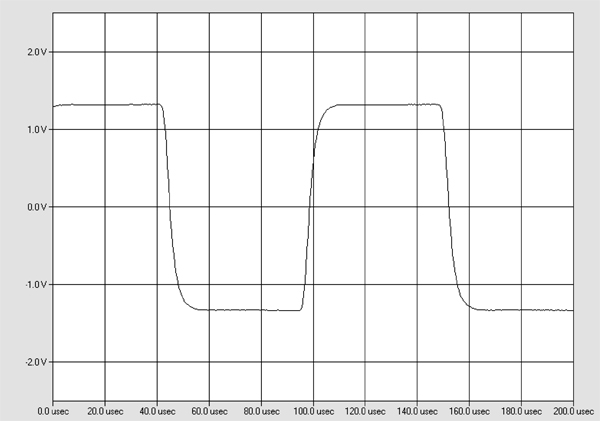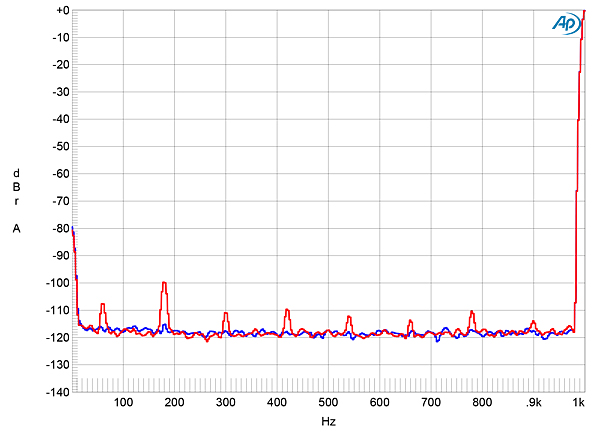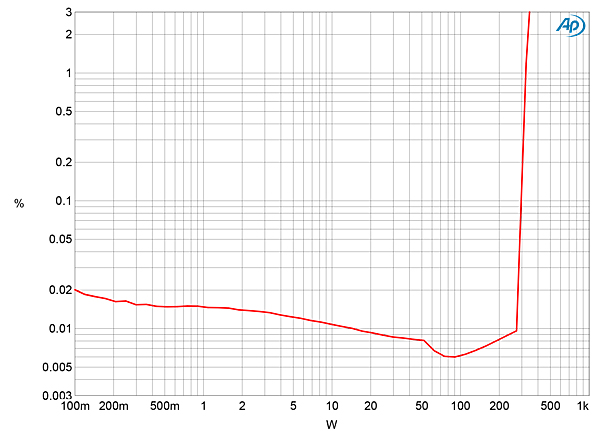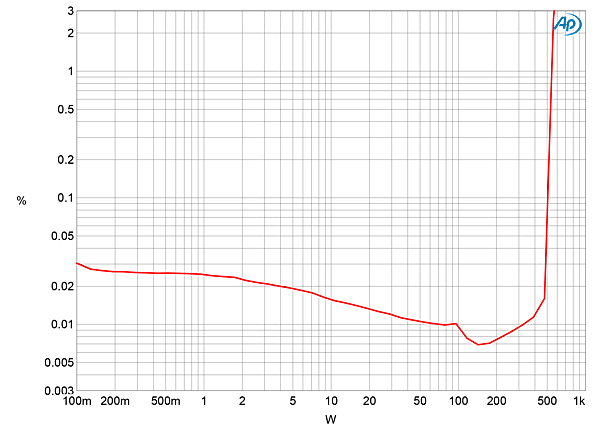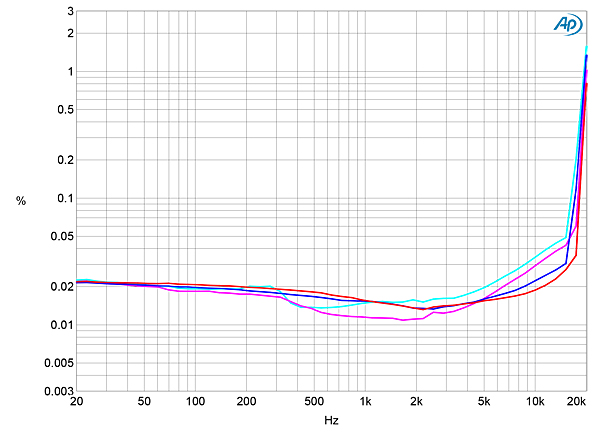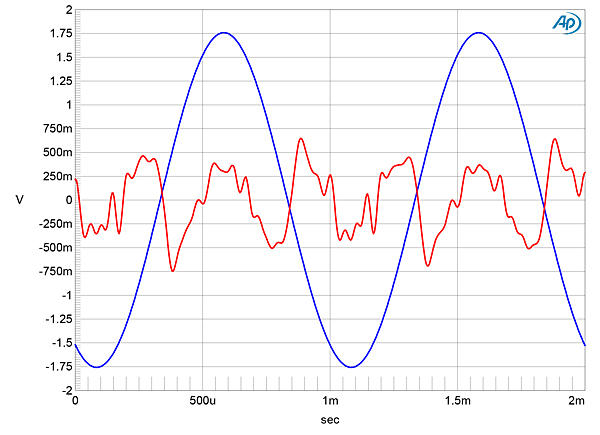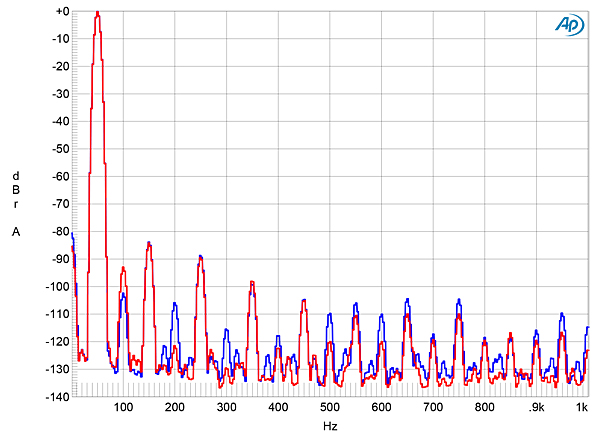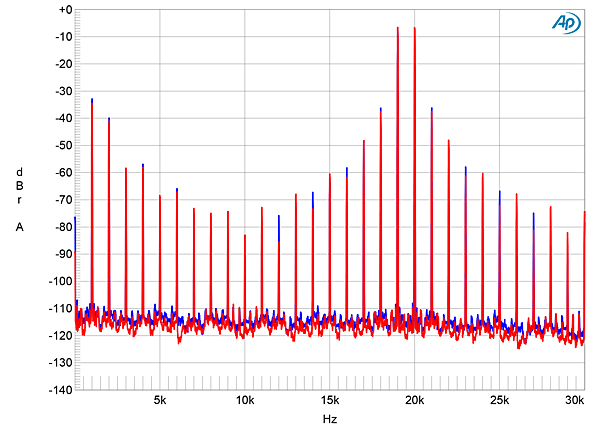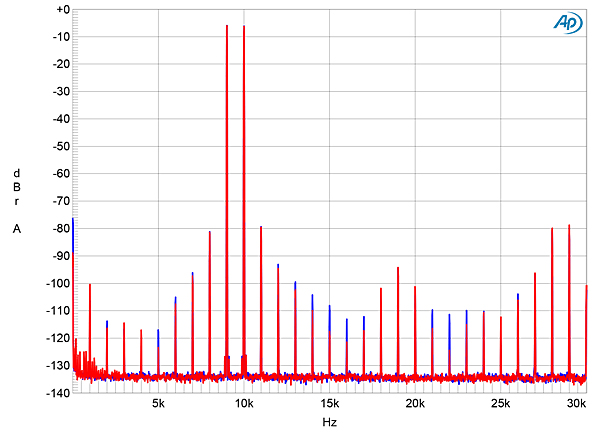| Columns Retired Columns & Blogs |
"I don't want to embarrass my friend, so in this story I will call him O., for Mr. Objectivity."
You should be proud of your friend. His is the correct way of assessing audio equipment. If measurements are bad, ditch the stuff!
